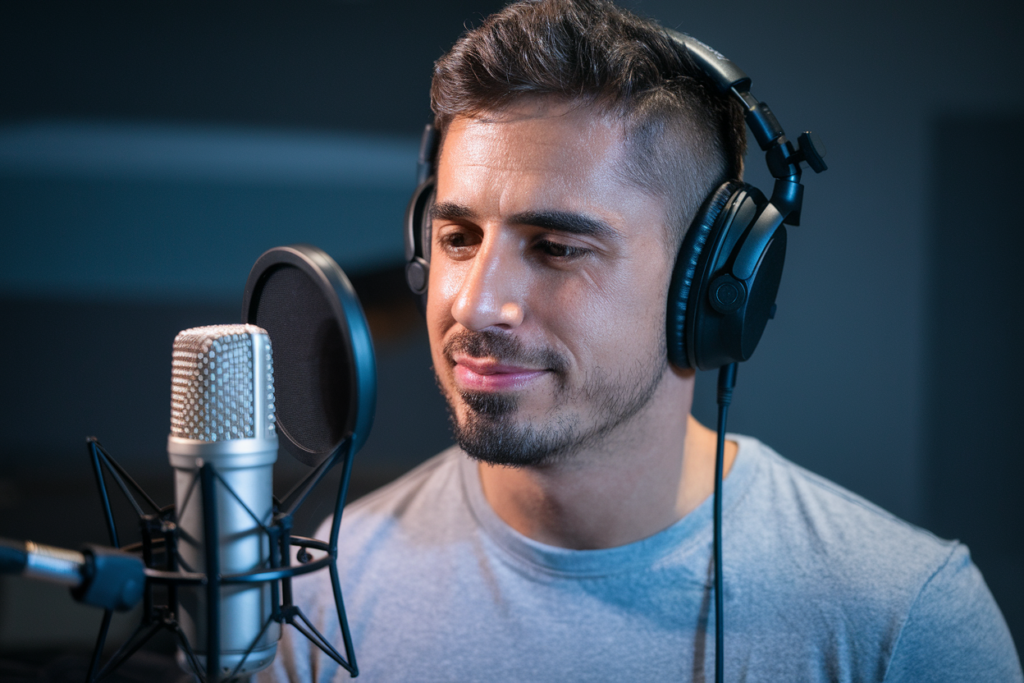As a passionate advocate for linguistic diversity, I’ve always been intrigued by the role of regional languages in media. Galician, or gallego, holds a unique place in Spain’s cultural tapestry, yet its visibility in official media often sparks debate. The challenge isn’t just about language preservation; it’s about ensuring that Gallego resonates within mainstream discourse.
In today’s globalized world, the representation of minority languages like Gallego is crucial for fostering inclusivity and promoting cultural heritage. Exploring how this language finds its voice across co-official platforms reveals much about our societal values and priorities. Join me as I delve into the current state of Gallego in the media landscape and uncover what steps can be taken to enhance its visibility and vitality.
Overview of Gallego Language
Gallego, also known as Galician, is a Romance language primarily spoken in the autonomous community of Galicia in northwest Spain. With over 2.4 million speakers, it serves as an essential component of Galician identity and culture. The language shares similarities with Portuguese and has roots dating back to the medieval era.
In Galicia, Gallego enjoys co-official status alongside Spanish. Legal frameworks support its use in education, government, and media. However, despite these provisions, challenges persist regarding its visibility in various media outlets.
Media representation of Gallego plays a critical role in promoting linguistic diversity. Local television stations and radio broadcasts often feature content produced in Gallego; still, national platforms frequently prioritize Spanish-language programming. This trend can lead to diminished exposure for native speakers and younger generations.
Efforts to enhance the presence of Gallego include initiatives aimed at increasing its use on social media platforms and streaming services. Engaging content creators who produce materials solely in Gallego can foster interest among youth while strengthening cultural ties.
Understanding the current landscape of the Gallego language reveals opportunities for growth within the media sector. Advocating for inclusive practices ensures that minority languages like Gallego receive equitable representation across all forms of communication.
Importance of Co-official Languages
Co-official languages play a crucial role in preserving cultural identities and promoting inclusivity. They ensure that diverse linguistic communities have representation within society, especially in media.
Cultural Identity
Cultural identity thrives through language. For Galicians, Gallego embodies their history, traditions, and values. The use of Gallego in media reinforces a sense of belonging among speakers and fosters pride in their heritage. Highlighting stories and issues relevant to the Galician community enhances visibility and promotes understanding across different cultures.
Legal Framework
The legal framework supporting co-official languages like Gallego is essential for its vitality. Spain’s Constitution recognizes the importance of regional languages, allowing them to be used in education, government, and media alongside Spanish. Specific laws promote the integration of Gallego into public services, ensuring access to information for all citizens. This legal backing establishes a foundation for equal representation and encourages media outlets to prioritize content in both Spanish and Gallego.
Current Visibility of Gallego in Media
The visibility of Gallego in media varies significantly between traditional and digital platforms. Understanding these differences highlights the challenges and opportunities for promoting the language.
Traditional Media Outlets
Traditional media outlets, including television and radio, play a crucial role in shaping public perception of Gallego. Regional broadcasters like TVG (Televisión de Galicia) provide programming predominantly in Gallego, catering to local audiences. However, national networks often favor Spanish content, limiting exposure for Galician speakers. The availability of news programs, cultural shows, and entertainment in Gallego remains essential for fostering linguistic pride among viewers.
Despite these efforts, many regional channels face financial constraints that impact their ability to produce diverse content. Limited budgets can hinder the development of high-quality programming that attracts broader audiences. Increased collaboration between public and private entities may enhance content variety and frequency while spotlighting the richness of Galician culture.
Digital Media Platforms
Digital media platforms offer new avenues for increasing the visibility of Gallego among younger generations. Social media sites like Facebook, Instagram, and TikTok have seen a rise in content creation by influencers using Gallego to engage with followers. This trend fosters a sense of community among speakers while attracting non-speakers interested in learning about Galician culture.
Streaming services also contribute to expanding access to audiovisual content in Gallego. Platforms such as Netflix have begun incorporating films and series featuring regional languages alongside Spanish subtitles or dubbing options. Encouraging this practice enhances linguistic representation across various genres while reaching wider audiences globally.
Online publications dedicated to news and culture further amplify voices advocating for increased use of Gallego within digital spaces. These platforms serve as vital resources for disseminating information relevant to the community while showcasing diverse perspectives on contemporary issues facing Galicia today.
Challenges Facing Gallego
The visibility of Gallego faces several challenges, primarily stemming from linguistic marginalization and media representation.
Linguistic Marginalization
Linguistic marginalization significantly impacts the use of Gallego. Despite its co-official status, many speakers encounter barriers in daily communication and public life. Education systems often prioritize Spanish over Gallego, leading to diminished proficiency among younger generations. Employment opportunities frequently favor Spanish-speaking candidates, discouraging the use of Gallego in professional settings. Consequently, this results in reduced confidence among native speakers, further perpetuating the cycle of marginalization within a predominantly Spanish-speaking environment.
Media Representation
Media representation plays a crucial role in shaping perceptions of Gallego. While regional outlets like TVG promote content in Gallego, national media largely prioritizes Spanish-language programming. This lack of balance restricts exposure for Galician speakers and limits cultural interchange between linguistic communities. Financial constraints on regional broadcasters can hinder their ability to produce diverse programming that reflects the richness of Galician culture. In contrast, digital platforms are beginning to bridge this gap by offering more content in Gallego and empowering creators to share their stories online. However, ongoing efforts are necessary to ensure equitable representation across all media formats and foster a broader appreciation for minority languages like Gallego.
Benefits of Increased Visibility
Increased visibility of Gallego in media offers several significant benefits.
- Cultural Preservation: Enhanced representation of Gallego strengthens cultural identity and heritage among speakers, ensuring traditions and values are passed down through generations.
- Diverse Representation: Broader visibility fosters inclusivity by representing minority languages alongside dominant ones, enriching the media landscape with varied perspectives and narratives.
- Youth Engagement: Promoting content in Gallego attracts younger audiences, encouraging them to embrace their linguistic roots while developing proficiency in their native language.
- Community Building: Increased presence on digital platforms cultivates a sense of belonging among Galician speakers, creating online communities that support cultural exchange and collaboration.
- Economic Opportunities: A vibrant media presence opens doors for creators and businesses producing content in Gallego, enhancing economic viability within the region.
- Educational Impact: More frequent use of Gallego in educational settings enhances student engagement and linguistic skills, leading to greater fluency among future generations.
- Visibility for Creators: Greater exposure allows content creators who produce work in Gallego to gain recognition, motivating more individuals to contribute creatively to the language’s ecosystem.
- Political Advocacy: Enhanced visibility can influence policy decisions regarding language rights and funding for regional programs, reinforcing legal frameworks supporting co-official languages like Gallego.
Each benefit contributes significantly to strengthening the position of Gallego within Spain’s cultural framework while promoting its survival amid global linguistic trends.
Conclusion
The journey of Gallego in the media is crucial for ensuring its survival and relevance. By enhancing its visibility across all platforms we can foster a stronger cultural identity and sense of belonging among Galicians.
It’s inspiring to see how digital media offers new opportunities for engagement and representation. I believe that with continued advocacy and support from both creators and audiences, Gallego can thrive alongside Spanish in the public sphere.
Together we have the power to amplify voices that celebrate our rich heritage while promoting inclusivity within our society. The future of Gallego depends on our collective efforts to keep it vibrant in every corner of media.








